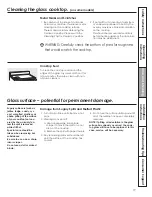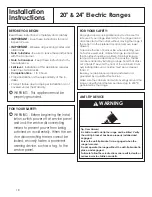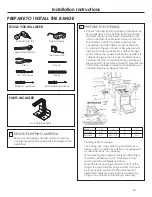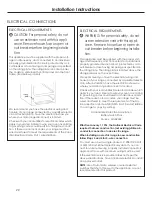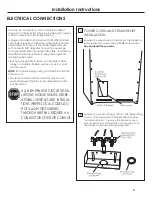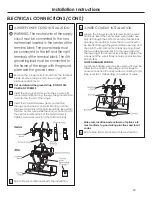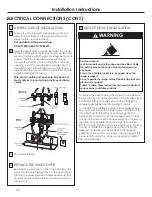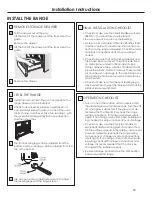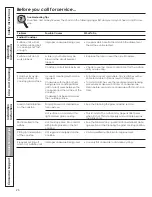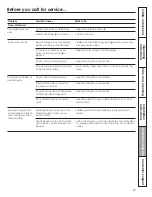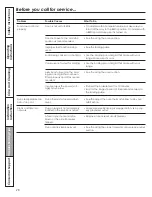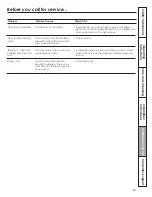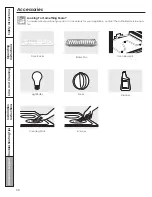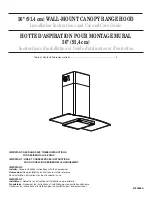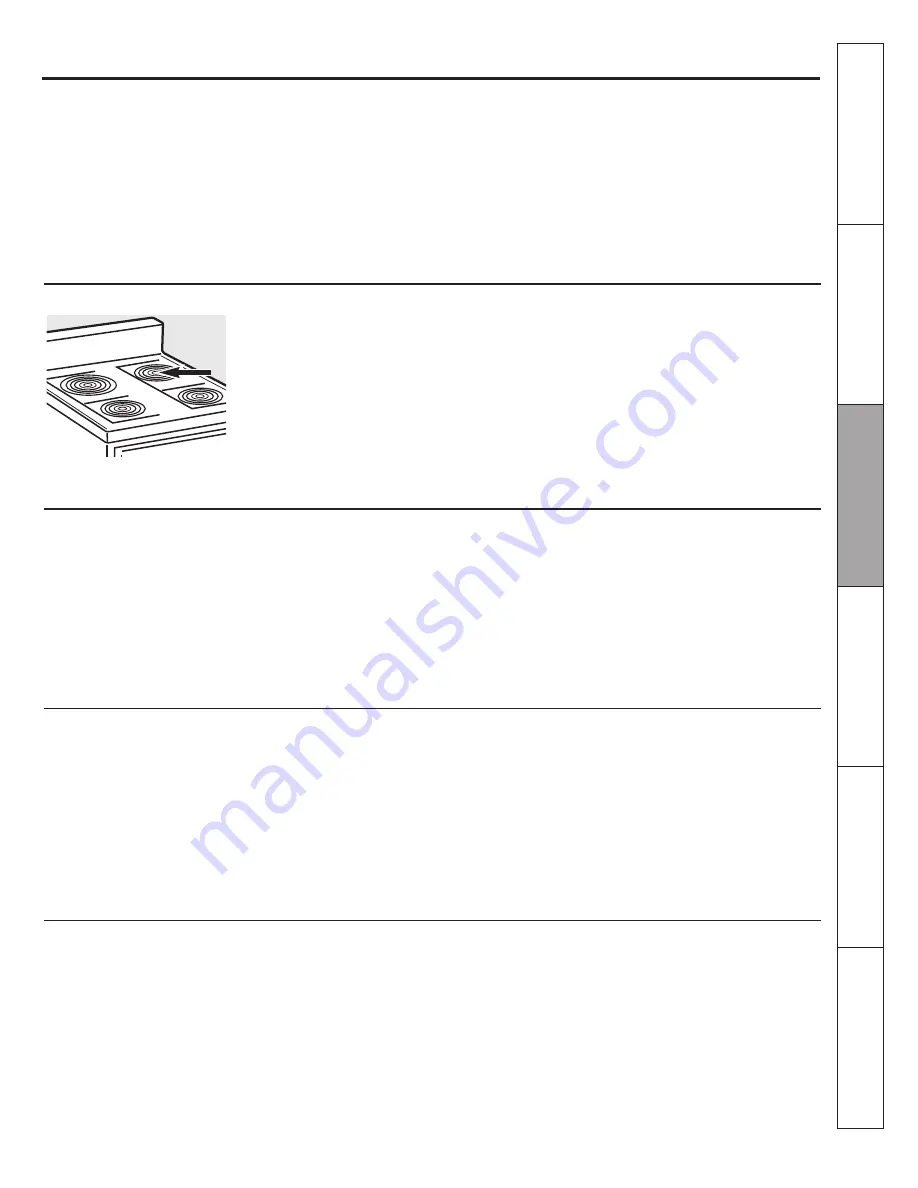
15
Safety Instructions
Operating
In
stru
ctio
ns
Care and Cleaning
Troubleshooting Tips
Consumer Support
Installation
In
stru
ctio
ns
Drip Pans
(if included)
Remove the surface units. Then lift out the
drip pans.
Place them in a covered container. Add ¼
cup ammonia and let soak several hours
or overnight. Wash rinse well and dry.
The drip pans may also be cleaned in the
dishwasher.
Clean the area under the drip pans often.
Built-up soil, especially grease, may catch
fire.
Do not cover the drip pans with foil. Using
foil so close to the receptacle could
cause shock, fire or damage to the range.
NOTE:
Do not clean the drip pans in a self-
cleaning oven.
Care and cleaning of the range.
Glass Window
(on some models)
To clean the outside glass finish, use a
glass cleaner. Rinse and polish with a dry
cloth.
Stainless Steel Surfaces
(on some models)
Do not use a steel wool pad; it will scratch
the surface.
To clean the stainless steel surface, use
warm sudsy water or a stainless steel
cleaner or polish. Always wipe the surface
in the direction of the grain. Follow the
cleaner instructions for cleaning the stain-
less steel surface.
Painted Surfaces
(on some models)
Painted surfaces include the sides of the
range and backguard panel, some from
panel.
To clean the painted surfaces, use a hot,
damp cloth with a mild detergent suitable
for these surfaces. Use a clean, hot, damp
cloth to remove soap. Dry with a dry,
clean cloth.
Do not use steel-wool pads, commercial
oven cleaners, cleaning powders or other
abrasive cleaners. They will damage the
surface.
Oven Vent
On glass cooktop models, the oven is
vented through an opening at the rear of
the cooktop.
Never cover the opening with aluminum
foil or any other material.

















